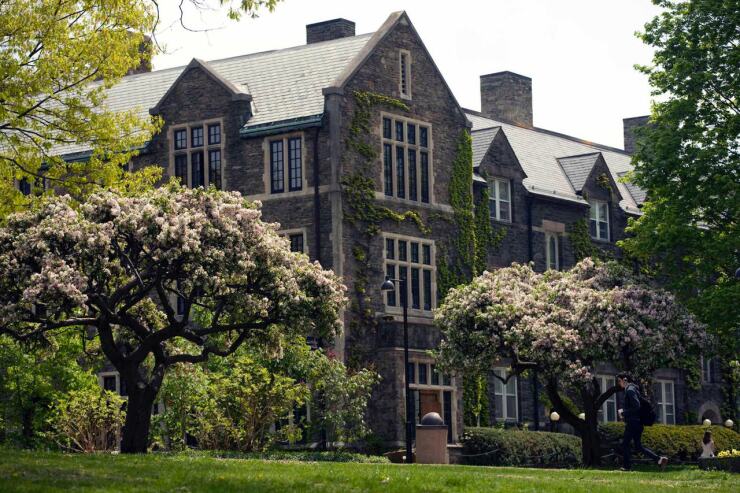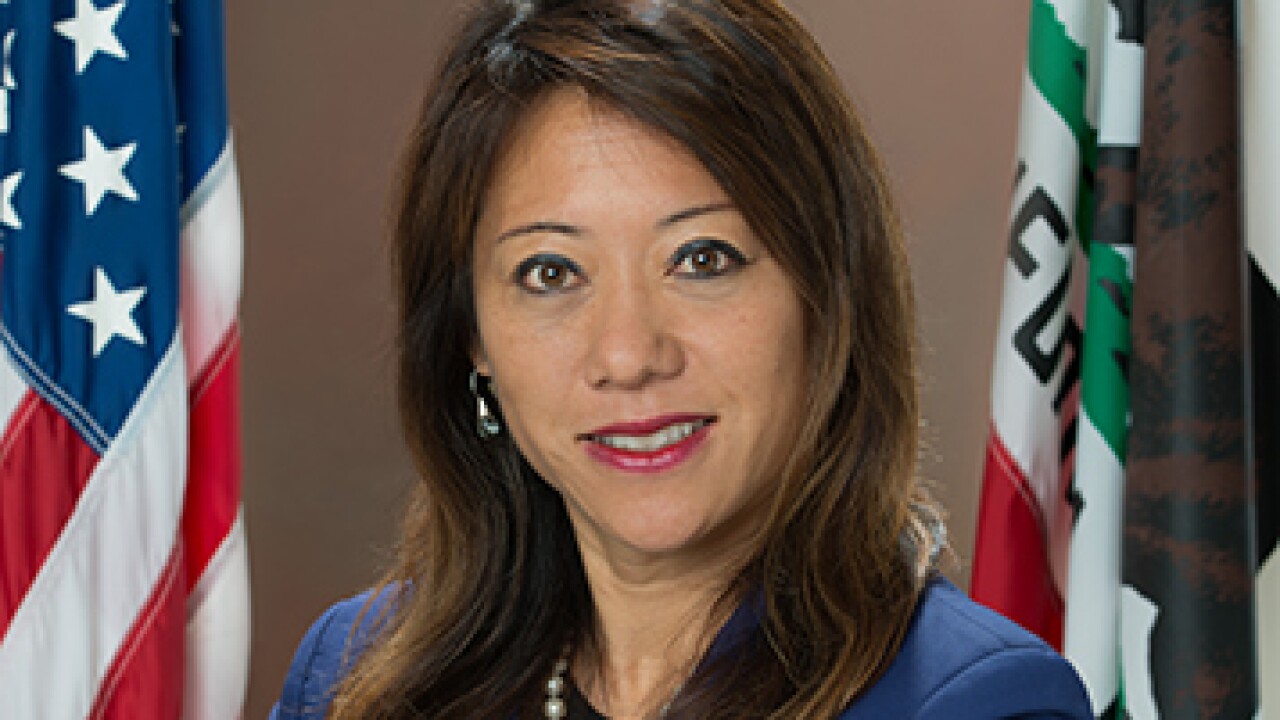Increased donations helped get junk-rated Bard College an outlook boost to stable from negative.
Moody's Investors Service changed its outlook for the private liberal arts school in Annandale-on-Hudson, New York, Thursday. The rating remains B1.

Donor support has helped the college support operations and liquidity, Moody's said.
“The revision of the outlook to stable acknowledges ongoing evidence of Bard College's donor support and reduction in bank debt exposure during fiscal 2019,” Moody’s analyst Dennis Gephardt wrote. “It is also predicated on producing measured gains in achieving operating sustainability and reduction of debt structure risks including reduced reliance on line of credit.”
The action affects roughly $125 million of revenue bonds Bard issued through the Dutchess County Industrial Development Agency and Massachusetts Development Finance Agency. The MDFA
Gephardt noted that Bard is still grappling with “extremely thin” unrestricted liquidity and “substantial” financial leverage. The college's Simon's Rock campus has violated financial covenants contained in a line of credit agreement, which, according to Gephardt, has prompted the need for a forbearance agreement from the banking counterparty.
“The university's governance and management practices have supported a financial and business model that carries substantial risks as it is highly reliant on philanthropic support from a small, core group of donors for increasingly expansive activities,” Gephardt said.
Bard has successfully garnered donor support for the college’s externally-held Bard Endowment Trust that supports the school’s graduate programs. The trust held $107 million at the close of the 2019 fiscal year on June 30, according to Moody’s.
Despite making headway with donations, Bard’s total cash and investments were only $28 million as of the 2018 fiscal year after the college borrowed “significantly” from its permanent endowment over time, according to Gephardt. The borrowing totaled $96 million as of June 30, 2018 and was compounded by $33 million of underwater endowment funds, which Gephardt said has created an “institutional liability” with limited abilities to repay for core college operations.
“While management indicates that donor recharacterization of roughly $40 million of formerly permanently restricted endowment funds occurred in 2019, reducing the liability owed to the endowment, this does not directly provide relief in the form of a larger endowment or endowment payout,” Gephardt said. “Reduction of bank debt was achieved partially through an increase in loans from individuals closely aligned with the college.”
Moody’s said Bard could achieve an upgrade with ongoing gains in operating performance, sustained growth with total cash and investments or reduced debt structure risks that includes shifting away from financial covenant violations tied to bank debt. A downgrade may occur in the event of weakening donor support, liquidity declines or a further expansion of programmatic reach that raises the college's business risk profile.
“We felt the favorable trends also justified a rating increase or, at least, a positive outlook, but the changed outlook shows improvement,” Taun Toay, Bard’s senior vice president and chief financial officer, said in a statement. “The trends for Bard are strong, from enrollment to programmatic reach to operating performance improvements.”
Bard has more than 3,000 students on its Dutchess County campus 90 miles north of New York City. In addition to its undergraduate programs, Bard also provides early college experiences to high school-aged students at Simon’s Rock, eight urban centers and to New York State inmates. The college expanded in 2011 through the acquisition of the Longy School of Music in Cambridge, Massachusetts, and Bard College Berlin, a liberal arts university known for an intensive program in intellectual history.
“While Moody's views extensive programming and expansion as a risk, Bard views this as an opportunity and fundamental to a private institution acting in the public interest,” Toay said. “While we acknowledge the complexity of the operation and importance on continuing to improve liquidity, the College has demonstrated its ability to run a multifaceted international education program that attracts and sustains donors from throughout the world.”





